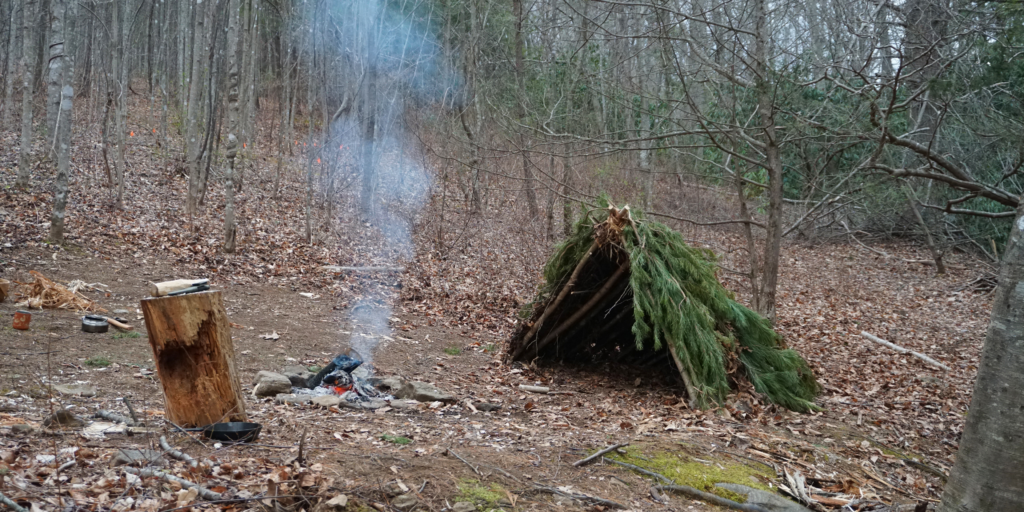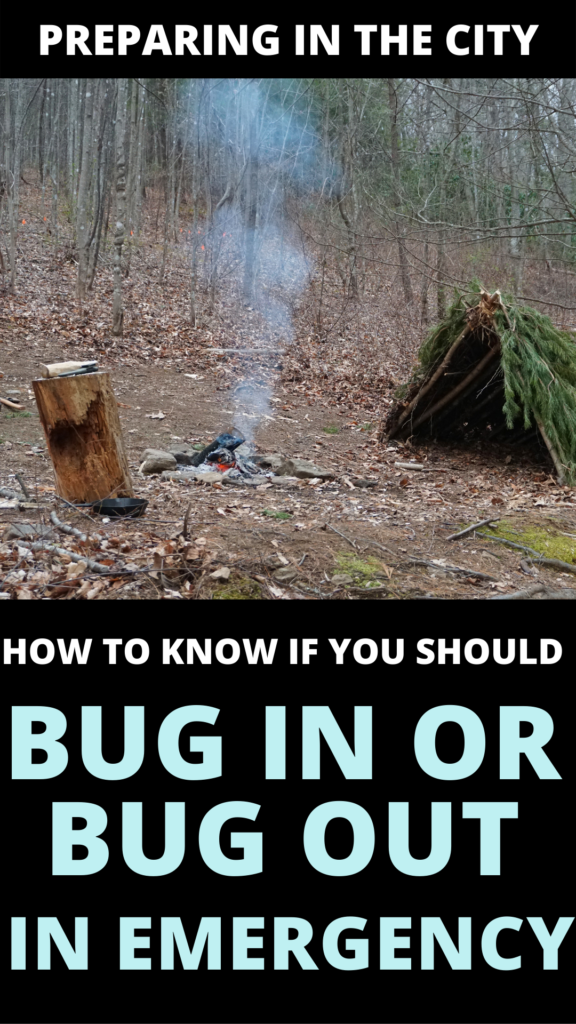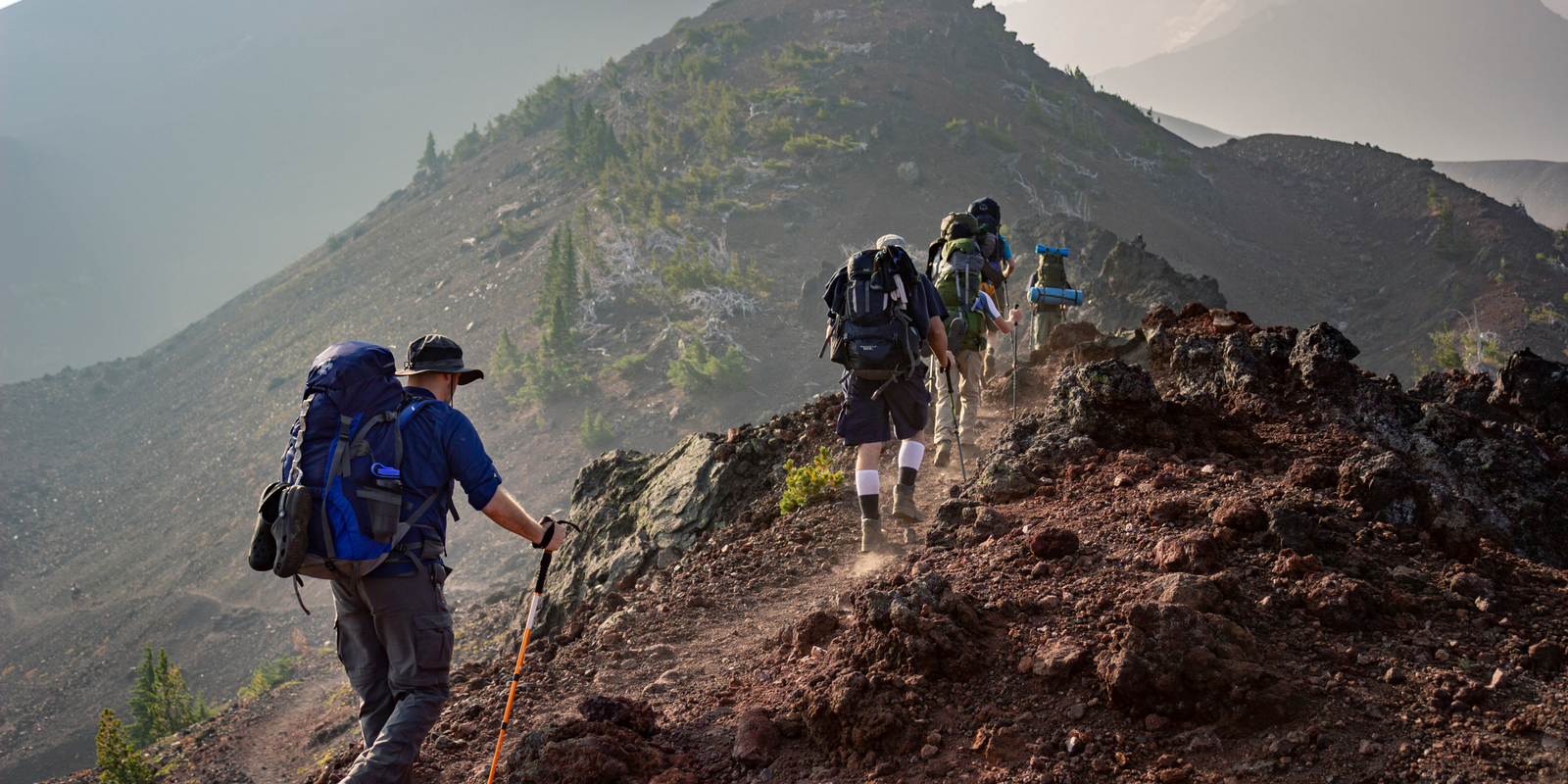how To Know If You Should bug Out or Stay Put In an emergency
This post may contain affiliate links, full disclosure here.
Will you stay or will you flee when disaster strikes? Knowing which scenarios to bug in or out of will help you increase your chances of survival. But, let’s be honest, you don’t just want to survive; you want to thrive.
Meaning Of “Bug Out”
When a calamity strikes and your current location isn’t safe, bugging out implies abandoning the region. If you’re bugging out, you should expect to leave your home and possessions behind, with no expectation of ever seeing them again.
In reality, the bug-out could be a one-time event caused by a short-term tragedy. Bugging out, on the other hand, is something I prefer to think of as a long-term solution. If I feel I’ll never return, I’ll make certain I have everything I need to survive in the worst-case situation.
In most cases, you’ll want to go to a pre-planned bug-out spot. Hopefully, you’ve previously considered and planned your bug-out place in the event of a calamity. This should be a secure area away from densely populated areas. It should provide you with ample natural resources as well as a sense of security.
What You Need For Bugging Out
Everyone will have different items in their bug-out bags but the basics are as follows:
- Food: Pack lightweight, easy-to-eat foods that don’t require cooking if you don’t have access to a fire. Canned food and pre-packaged granola bars are always good options.
- Water: Grab a life straw for your bug-out bag and bring a little bit of water with you, enough for 72 hours, or as much as you can carry.
- Shelter: Brings tents and tarps with you for making a temporary shelter.
- Hygiene Items: A bar of soap and hand sanitzer can go a long way to keeping you clean and healthy when you’re bugging out.
- Light and Fire: Fire starters and flashlights are important to keep you warm and safe in the dark.
See also: How To Build A Permanent Shelter In The Wilderness

Situations Where You Would Need To Bug Out
Natural Disasters
Wildfires, floods, and other natural disasters are all typical reasons to flee. Keep an eye out for any natural disasters in your area, make an escape plan, keep your BOB close by, and listen to emergency broadcasts for weather alerts and evacuation orders.
Cyber Attack
It wasn’t long ago that the idea of cyber-attacks was considered absurd. Cyber terrorism, on the other hand, is now a serious menace. Hackers can shut down power grids, destroy infrastructure, and even disable the safety features of nuclear power plants, in addition to identity theft and fishing scams. Civilization as we know it could come to an end at the whim of an enraged coder. When the hackers come knocking, get off the grid and hide somewhere where their electronic tendrils can’t reach you.
A Pandemic
One lab rat is all it takes to start a catastrophic viral outbreak. Disease rates may rise among unprotected populations if access to medical care dwindles due to increased prices and political posturing. Biological weapons are also a serious threat. Keep a watch on the news for indicators of impending attacks or your community unintentionally causing a disease outbreak. Bugging out to a location with fewer people, better health care, and more supplies can help you stay safe.
War
When battle hits home, civilians are only collateral damage for furious warmongers, which means you’ll have to defend yourself and reach safer ground. When it comes to nuclear war, safety is a relative concept. Nuclear fallout will be a major problem, and survivors of the initial wave will be scraping by for food. You’ll have a considerably higher chance of surviving if you can escape out before or shortly after the bombs go off.
Civil War
Civil unrest is frequently the result of a major disaster. The following turmoil, whether in response to natural or man-made disasters, can be lethal. People in urban areas will be more susceptible in the event of civil disturbance. If looting, riots, and civil disobedience are becoming more common in your neighborhood, it’s important to flee before things become worse. Prepare to defend yourself as you flee to the safer ground if you find yourself in an unexpected uprising.
It’s important to remember that when you bug out, you should leave with the presumption that you won’t return. If you need something else “right away,” don’t expect to be able to stop back home and get it. Civil turmoil, barricades, gas shortages, and a million other unpleasant circumstances may make this impossible.
“But wait a minute,” you say, “I have all my gear, firearms, and supplies at home.” Isn’t it possible for me to just stay here?” Remember, you want to be in the safest area possible. There are instances when bugging in is the most secure option.
Meaning Of “Bugging In”
It can be best to stay there if traveling is too dangerous or you are adequately prepared for whatever situation you are experiencing in your current area. You’re ready to hunker down and “ride it out” if you’re bugging in.
What You Need For Bugging In
The biggest difference between bugging in and bugging out preparation is the number of supplies you can have on hand. When you stay set, you don’t have to worry about how you’ll get your supplies. When it comes to breaking in, your materials are only limited by your accessible space.
- Food: Best Survival Foods With Long Shelf Lives
- First Aid Survival Medical Supplies To Stock Up On
- Heating and Light Everything You’ll Need To Prepare For A Winter Power Outage
Situations Where You Might Need to Bug In
Depending on the circumstances, any of the instances stated above in the bug out section could also be grounds to bug in. You’ll have to weigh the pros and cons of staying or leaving based on the specifics of the scenario. Some of these scenarios will be included in the bug out section, although with some significant variances in the situation’s circumstances.
Economic Collapse
While a serious economic crisis might lead to rioting and other human problems, bugging in is a better alternative if you’re self-sufficient and can sufficiently guard your home and cache. This is especially true for rural preppers, though many urban preppers can handle it as well. Bugging in makes the greatest sense if you can go off the grid, grow your own food, and defend your position from looters for the long haul.
Virus
Depending on the severity of the virus epidemic, leaving your house may be too dangerous owing to the risk of infection. This is particularly true if the disease is spread through the air. If the virus is airborne, duct tape and plastic sheeting may be necessary to keep you safe inside your home.
Chemical Warfare
If there is a chemical biological terrorist strike, it might make more sense to remain indoors and ride it out. Another instance in which exposing yourself to the outdoors air could be fatal. Take anthrax for example; this lethal chemical can be disseminated over a broad community and kill anyone who steps outside and breaths it in.
Nuclear War
In general, it’s preferable to avoid fallout as soon as feasible. However, if things move too quickly and the afflicted region is so large that you might not be able to escape the radiation without suffering fatal consequences, you’ll have to stay put. If you don’t make it out of the disaster in time, you might have no choice but to hunker down and wait it out.
Civil War
Rioting and looting outbreaks can explode without notice. Being caught outside when the crowds swell can result in serious injury or death. A trained eye can see the indications before things get out of hand, but you can’t constantly be watching. If there is too much aggressive action going outside your door, it’s preferable to stay put. Reconsider if bugging out is a wise idea once the movement has subsided before the next wave arrives.
Natural Disasters
While many natural disasters may be predicted, you may find yourself in a situation where you are unable to escape before things become dangerous. If a natural disaster is already underway and obstructing your escape path, bugging in may be the best option. Humans are soft and breakable, to put it frankly. Stay indoors and burrow down unless your location is in urgent risk of catastrophic annihilation.
This should be self-evident, but I’ll point it out nonetheless. Stay put if you don’t have a safe place to bug out to or if your safe place has been compromised. You’re better off bugging in than traveling around unless your current position is in danger or your resources are depleted.

Using The REDOUT assessment To Determine Bugging In or Bugging Out
Resources
If your cache is running short or has been compromised in some manner, it’s prudent to get your BOB and head to a specified site with extra resources. Even better if you’ve planned ahead of time to establish up secure survivalist stashes along the way. A prepper stash, while not designed for long stays, can make your journey easier and keep you well-stocked.
Environment
Natural calamities, floods, gas leaks, and radiation may all make any site dangerous. In emergency scenarios, humans are especially vulnerable, therefore be on the lookout for riots and uncontrollable violence. If danger is increasing near your bug in the spot, bug out before it obstructs your escape route.
Destination
What will you do, and will you be able to get there safely? It’s time to bug out if it’s safer to leave and make your way to a more secure area with better supplies.
Overwhelming Force
Bugging out is the best option when you’re outmanned, outgunned, and out of options. Keep an eye out; the threat could be military or civilian. An overpowering force may typically be detected before it reaches you, so keep an eye on all news sources and local information.
Unprepared
It’s a harsh reality that even the most experienced preppers may find themselves in a circumstance for which they are unprepared. Prepare to put your ego aside and flee.
Threat
Even if the tragedy has passed, a new problem may arise. It might have been safe yesterday, but if floodwaters are rising, hazardous winds are blowing, or throngs of angry or scared individuals are approaching, it’s time to flee.
Note: It doesn’t matter how safe your destination is if your planned path isn’t safe, so pay attention to the surroundings around you and along your trip.
You have the final say on whether to remain or go, but equipped with the knowledge and a solid plan, you can be certain that you’ll know when it’s safe to bug in and when it’s time to bug out.








